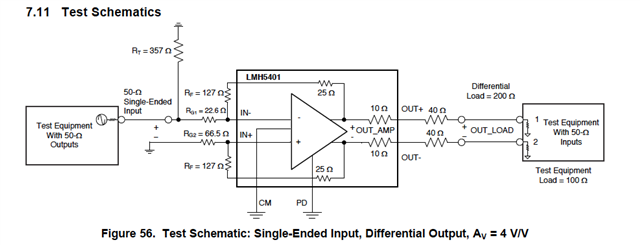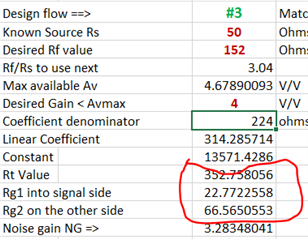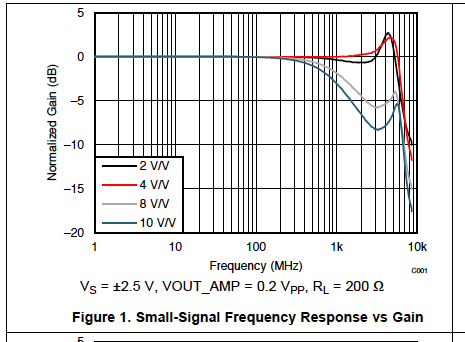Other Parts Discussed in Thread: LMH5401, ASH, , THS4551
The data sheet says this EVM has an upper frequency limit of 5 GHz. The amp itself has an upper frequency range of 6 GHz. What makes the EVM good to a lower frequency limit? Is it the layou, the material used for the board construction, the use of coax connectors or something else?
The reason I ask is that we are struggling with getting the desired (and specified) performance out of an LMH5401 amp in one of our designs and the cause of the limitation on the EVM might help us understand why our design isn't performing as we think it should.






